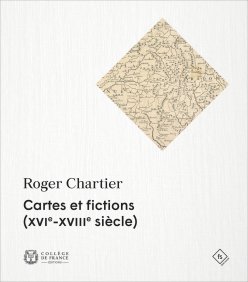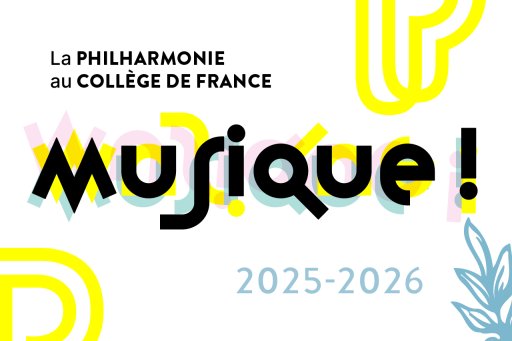
Roger Chartier
Maps and fictions (16th-18th century)
A new approach to the mobility of fictions by the French specialist in the history of the book, in this richly illustrated essay.
Bilbo the Hobbit, the Chronicles of Narnia and The Lord of the Rings have accustomed their readers to encountering one or more maps of the territories they describe. Was the same true for readers of early modern fiction, between the 16th and 18th centuries ? The introduction of maps was not self-evident. Printing them increased the cost of books, and the ability of words to produce mental images rendered them useless. Nevertheless, maps did appear in works of the imagination.
Beginning with the maps of Don Quixote's itineraries, and extending to the Venetian editions of works by Ariosto and Petrarch, this investigation focuses on two main genealogies. The first, English, shows the travels of an imaginary traveller presented as very real : it leads from Jonathan Swift's Gulliver's Travels to Thomas More's Utopia. The second, French and allegorical, has its origins in the Carte de Tendre, inserted in Mademoiselle de Scudéry's Clélie , and includes the gallant and polemical maps that imitated it. Depending on time and place, fictional maps have taken on a variety of roles. They have represented worlds turned upside down, satirical, critical or utopian; they have blurred the distinction between the world of the book and that of the reader ; they have nourished reason and dreams, even beyond the letter of the text. Moving from work to work, Roger Chartier offers in this essay a new approach to the mobility of fictions and their interpretations.
Chartier R., Cartes et fictions (XVIe-XVIIIe siècle), Paris, Collège de France, coll. " Faire savoir ", June 2022, 112 p.
ISBN : 978-2-7226-0585-5
Paperback : 24 €
Publication : 14 April 2022










